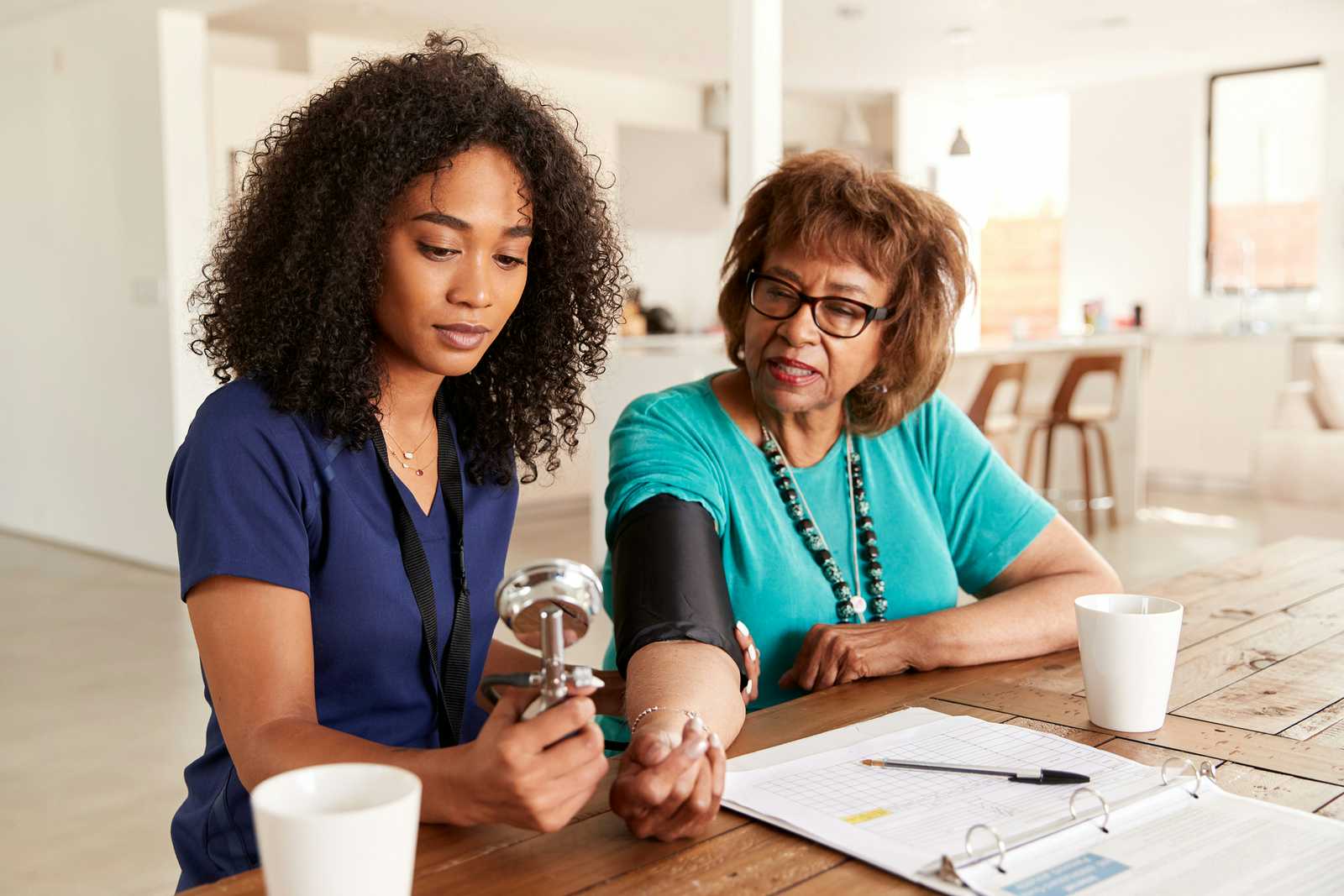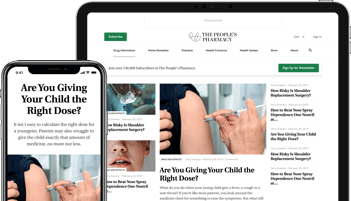
Public health experts at the American Heart Association estimate that about half of American adults have high blood pressure, also termed hypertension. As a result, they are at increased risk for strokes and heart attacks. Consequently, doctors like to treat hypertension conscientiously, but first they must diagnose it accurately. When you last saw your primary care provider, did someone take your blood pressure with the proper technique? Or did they make some mistakes?
White Coat Hypertension Requires Careful Measurement:
Q. I have white coat hypertension, as evidenced by my much lower blood pressure readings at home. I am retired from the medical field and follow proper guidelines when taking my BP at home.
You described the procedures well. Only once in over 20 years in a doctor’s office have I had my BP measured correctly.
How to Take Your Blood Pressure Right:
A. We have also observed sloppy blood pressure measurement practices in some clinics. For an accurate measurement, the person should be seated for at least five minutes in a chair that supports the back and allows feet to rest on the floor. The arm should be supported at heart height, and there should be no conversation during the measurement. The cuff used for the monitor must be the right size; a cuff that is too small will overestimate the reading, while a large one may give too low a value.
No Eating or Drinking!
If you are eating or drinking anything during or right before you make the measurement, you can throw it off (Journal of Hypertension, March 2017). Caffeine and alcohol are particular offenders. Likewise, smoking, crossing your legs or having a full bladder can change the reading you get and make it inaccurate. If the person doing the measurement uses the old-fashioned technique of a stethoscope and a mercury sphygmomanometer (considered the gold standard), their hearing can also lead to inaccuracies.
Luckily, home blood pressure monitors and many monitors in clinical settings are now automated and give digital readouts. While poor technique can still lead to a bad reading, at least hearing is not a factor. Japanese researchers recently reported an automated system for measuring blood pressure, heart rate, body weight and some brain activity (Advances in Experimental Medicine and Biology, 2020). Their pilot study demonstrated that ordinary people can manage these measurements accurately outside the clinical setting. In this case, the equipment was provided in a fitness gym.
Learn More:
It is important to know your blood pressure under a variety of conditions. Blood pressure may vary at home, at work and in the doctor’s office. Some people whose blood pressure appears normal in the clinic may have elevated readings at home. Doctors call this “masked hypertension” (Current Hypertension Reports, Oct. 25, 2017).Your situation of “white coat hypertension,” with lower blood pressure readings at home, is better known, though. In both situations, you should use a home monitor on a regular basis to get a more accurate picture of your risk.
We have included additional details and a recommendation for a home blood pressure monitor in our recently updated eGuide to Blood Pressure Treatment. You will find information on medications and nondrug options to controlling hypertension in this online resource. You might also wish to listen to the interviews we did with several experts in Show 1134: Can You Control Your Blood Pressure Without Drugs?


